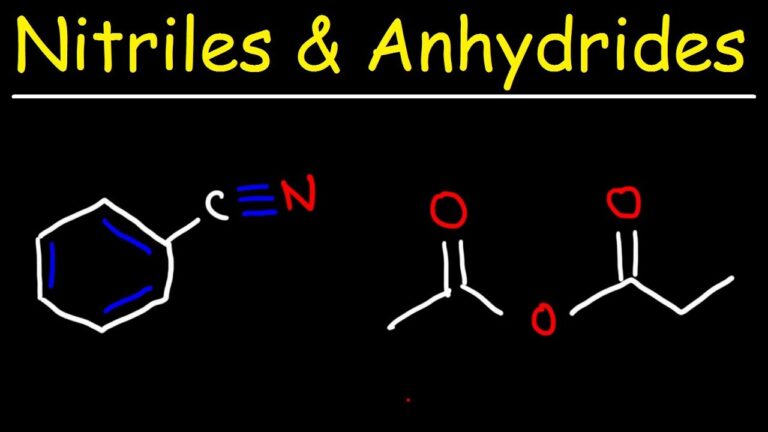Glycosidic Bond: Everything You Need to Know
The glycosidic bond is one of the most important and ubiquitous chemical bonds in nature. It is the bond that connects a sugar molecule to another molecule or chemical group, such as an alcohol, an amine, or a phosphate group. Glycosidic bonds are found in many essential biomolecules, including carbohydrates, proteins, lipids, and nucleic acids. Understanding glycosidic bonds is therefore essential for understanding the chemistry and biology of life.
One of the most important applications of glycosidic biology is the study of the role of carbohydrates in nutrition and metabolism. Carbohydrates are an important source of energy for our bodies, and they are also essential for the functioning of many tissues and organs. Glycosidic bonds play a critical role in the digestion and absorption of carbohydrates in the body. These bonds are broken down by enzymes in the digestive system, releasing the individual sugar molecules for absorption into the bloodstream.
In addition to their role in nutrition, glycosidic bonds are also important in the development and function of many types of cells and tissues. They are involved in cell signaling, adhesion, and recognition, and they play a critical role in the immune system. Glycosidic bonds are also important in the development and function of the brain and nervous system, where they are involved in the formation of cell membranes and the transmission of nerve impulses.
One of the most important tools for studying glycosidic bonds is the use of modern analytical techniques, including mass spectrometry and nuclear magnetic resonance spectroscopy. These techniques allow researchers to identify and characterize the structure of glycosidic bonds and their associated molecules, and to study their interactions with other biomolecules and cellular systems.
In addition to their role in biology and medicine, glycosidic bonds have many important applications in other fields, including materials science, electronics, and environmental science. For example, glycosidic bonds are used in the production of many types of plastics, adhesives, and coatings. They are also important in the development of new types of biofuels and other renewable energy sources.
Overall, the study of glycosidic bonds is critical for understanding the chemistry and biology of life, as well as for developing new technologies and applications in many different fields. As our understanding of these important chemical bonds continues to grow, we can expect to see many new and exciting developments in the years to come.
Most searched products:
Does Sephora Support Israel? Answering Your Questions
The Ultimate Guide to Azealic Acid: Benefits, Uses, and Side Effects
Discover the Benefits of The Ordinary Botox for Your Skin
How Long Does Glycolic Acid Take to Show Results: Your Ultimate Guide
The Perfect Order: When to Use Retinol and Niacinamide in Your Skincare Routine
Say Goodbye to B.O with Glycolic Acid Deodorant: The Secret to Long-Lasting Freshness
Say Goodbye to Dry Lips with the Best Skin Lip Balms
The Ultimate Reviews of The Ordinary Peeling Solution
Unveiling the Magic of Hyaluronic Acid: Benefits and Uses Explained
Unlock Glowing Skin with These Ordinary Exfoliation Techniques














